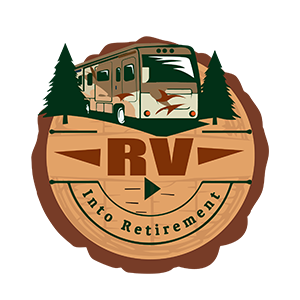Recreational Vehicles (RVs) provide the freedom of travel while maintaining the comforts of home. One crucial aspect of any RV is its electrical system, which powers appliances, lighting, and various devices. Understanding the RV electrical system is essential for safe and enjoyable adventures on the road. In this article, we will explore the different components and configurations of RV electrical systems, along with helpful diagrams for better visualization.
1. RV Electrical System Overview:
The RV electrical system comprises two main categories: the 12-volt DC (Direct Current) system and the 120-volt AC (Alternating Current) system. The 12-volt DC system typically powers the RV’s onboard lights, water pump, vent fans, and other small appliances. The 120-volt AC system, on the other hand, powers larger appliances such as the air conditioner, microwave, and electrical outlets.
2. The 12-Volt DC System:
The heart of the 12-volt DC system is the RV’s deep-cycle battery. These batteries store energy and provide a stable power supply even when the RV is not connected to an external power source. The DC system uses two main components: the battery itself and a power distribution center, which contains fuses and circuit breakers to protect the system from overloads and short circuits.
3. Diagram of 12-Volt DC System:
[Diagram: 12-Volt DC System]

- Deep-Cycle Battery: The primary power source for the 12-volt DC system.
- Power Distribution Center: Contains fuses and circuit breakers to protect the system.
- 12V Appliances: Such as lights, water pump, vent fans, and other small devices.
- Charging Source: An external power source, such as a generator or solar panels, to charge the battery.
4. The 120-Volt AC System:
The 120-volt AC system in an RV allows you to use household appliances, providing a higher level of comfort when connected to shore power or a generator. The main components of the AC system are the power cord, transfer switch, and breaker panel.
- Shore Power/Genset: The external power sources for the AC system.
- Power Cord: Connects the RV to shore power or a generator.
- Transfer Switch: Automatically switches between shore power and the generator when available.
- Breaker Panel: Distributes AC power to various appliances and electrical outlets.
- AC Appliances: Including the air conditioner, microwave, and other larger devices.
5. Understanding RV Electrical Load Management:
An essential aspect of RV electrical systems is load management. RVs have limited electrical capacity, so it’s crucial to manage power usage to avoid overloading the system. Running multiple high-draw appliances simultaneously can lead to tripped breakers or even damage electrical components.
6. Electrical Safety Precautions:
RV electrical systems demand careful attention to safety. Here are some essential safety precautions to keep in mind:
- Regularly inspect the system for any signs of wear, loose connections, or damaged cables.
- Never attempt electrical repairs if you are not confident in your skills. Always seek professional help when needed.
- Use surge protectors and voltage regulators to protect your RV’s electrical system from fluctuations in external power sources.
- When connecting to shore power, ensure that the power source matches your RV’s requirements (30-amp or 50-amp).
Conclusion:
A well-functioning and well-maintained RV electrical system is essential for a smooth and enjoyable travel experience. Understanding the basics of both the 12-volt DC and 120-volt AC systems, along with proper load management and safety precautions, will help ensure that your RV adventures are safe and stress-free. Whether you’re camping in the wilderness or exploring RV parks, a reliable electrical system is the backbone of your home on wheels.





